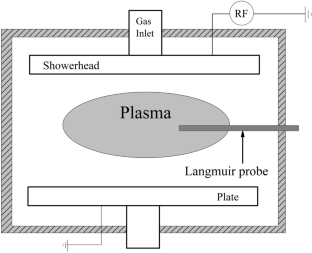Study on characteristics of microchannel jet for showerhead in different fluid regimes based on hybrid NS-DSMC methodology
Abstract
The uniformity of the deposition in the plasma-enhanced chemical vapor deposition (PECVD) process is greatly influenced by the uniform effect of the microchannels in the showerhead. Most of the previous studies on showerheads have primarily focused on the axial-direction of microchannels. However, there is a lack of comparative studies on the influence of radial changes and different flow regimes on the flow characteristics of microchannels. In this paper, we utilized the coupling of the Navier–Stokes and Direct Simulation Monte Carlo (NS-DSMC) methods to compare the differences between expansion type microchannels and equal-diameter type microchannels in the slip and transition regimes. The results indicate that in the slip flow regime, the microchannel of equal diameter exhibits a stronger jet compared to the expansion type. However, this situation reverses as the slip flow regime transitions to the transition regime. This reflects the influence of the flow regime on the characteristics of the microchannel and the potential of the combined type to enhance deposition uniformity.



 求助内容:
求助内容: 应助结果提醒方式:
应助结果提醒方式:


